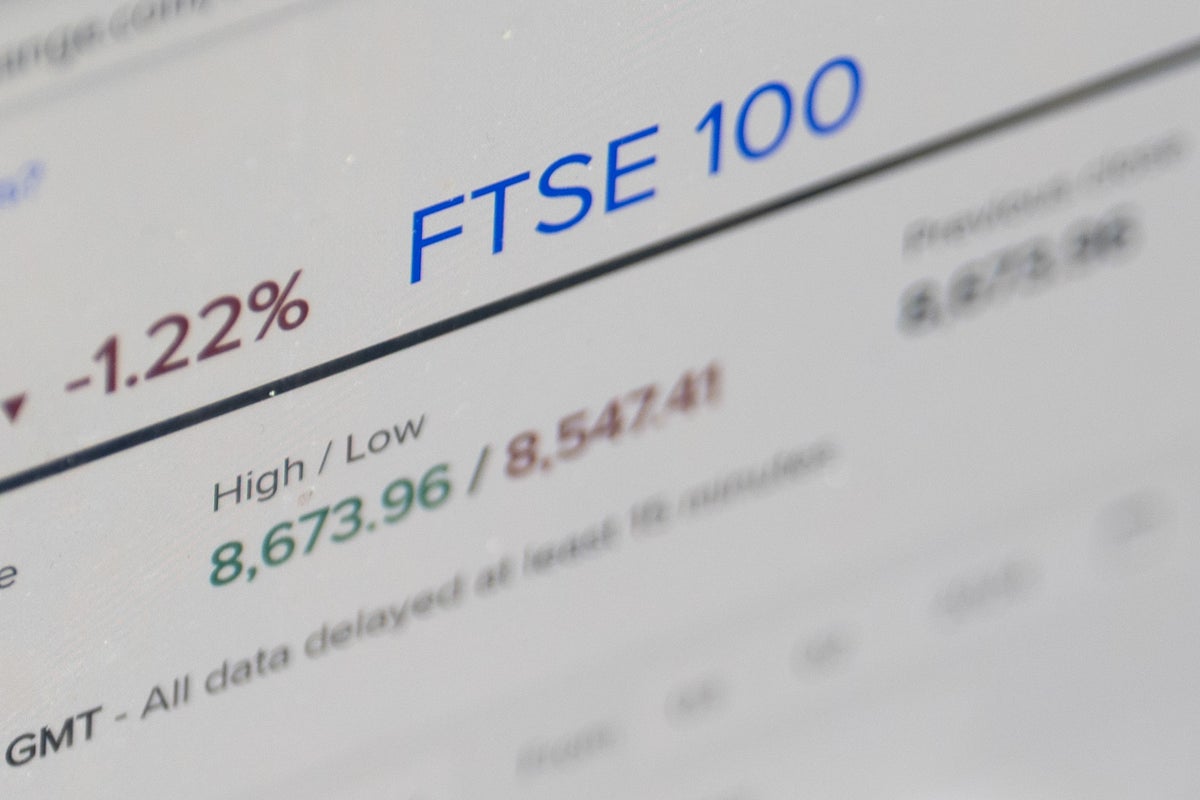This photo taken on August 22, 2023 shows an advertisement in front of a real estate property for sale in Millbrae, California, United States. Sales of existing homes in the United States fell 2.2 percent in July compared to June, to a seasonally adjusted annualized rate of 4.07 million units, the National Association of Realtors reported Tuesday. Sales were 16.6 percent lower compared to July last year, while homes sold at the slowest pace in July since 2010. (Photo by Li Jianguo/Xinhua via Getty Images)
Xinhua News Agency | Xinhua News Agency | fake images
The average rate on the popular 30-year fixed mortgage surpassed 7% on Monday for the first time since December, hitting 7.04%, according to Mortgage News Daily.
It comes after the rate made the sharpest jump in more than a year on Friday, after the January jobs report came in much higher than expected. Rates then rose further on Monday after a monthly manufacturing report also showed high results.
Mortgage rates have been rising since the summer, briefly crossing to a 20-year high of 8% in October. Rates then fell sharply, as investors saw increasing evidence that the Federal Reserve would end its latest phase of interest rate hikes.
Mortgage rates don't directly track the Federal Reserve, but they do loosely track the 10-year Treasury yield, which is heavily influenced by the central bank's impression of the economy at any given time.
“The rapid rise in rates over the past two days is not really surprising given that the market was widely seen as overly optimistic about the Fed's rate cut prospects. The Fed has repeatedly signaled that economic data has the final say.” in that picture. and the data has been surprisingly hostile for rates until Friday morning's jobs report,” said Matthew Graham, chief operating officer of Mortgage News Daily.
As mortgage rates have fallen over the past two months, buyers appeared to be returning to the market. This coincided with a slight uptick in the number of homes for sale. However, total inventory remains historically low and keeps competition high. It also keeps home prices stubbornly high.
High prices and low supply combined to make 2023 the worst year for home sales since 1995. Most predict 2024 will be better.
“The strength of the labor market is good news for the spring shopping season, as higher household incomes are a necessary component, but it also means that mortgage rates are not likely to fall much further at this time,” said Michael Fratantoni, chief economist at Mortgage. Bankers Association.
Applications for mortgages to buy a home had been rising steadily, but fell in recent weeks as mortgage rates rose. With the all-important spring housing market approaching, rates are more important than ever given high and still rising home prices.
The median price of an existing home sold in December (the most recent data) was $382,600, according to the National Association of Realtors, an increase of 4.4% from December 2022. That was the sixth consecutive month of increases prices year after year. . The average price for the entire year was $389,800, a record.
Given how high prices are, even small rate changes are having a huge effect on monthly payments, which are the final determination of affordability. Just a half-percentage point change can cost or save a buyer more than $200 a month on a median-priced home. So what's next?
“The future of rates in 2024 depends on the conditionals,” Graham said. “If we see more data like last Friday's jobs report, rates will have a hard time getting back below 7%. But inflation is even more important than the labor market. If inflation is colder than expected, could balance the perspectives.”
Don't miss these CNBC PRO stories:









